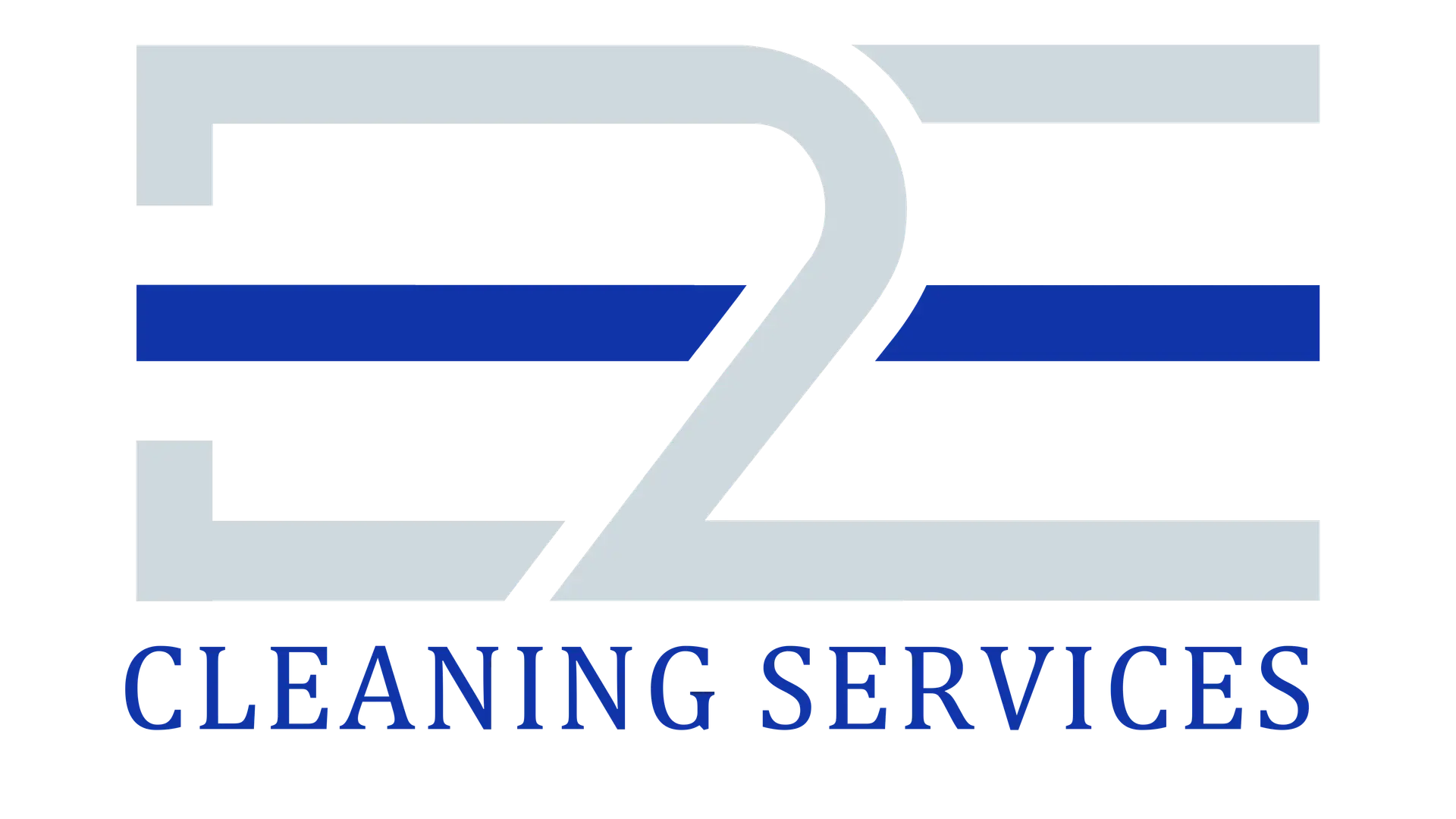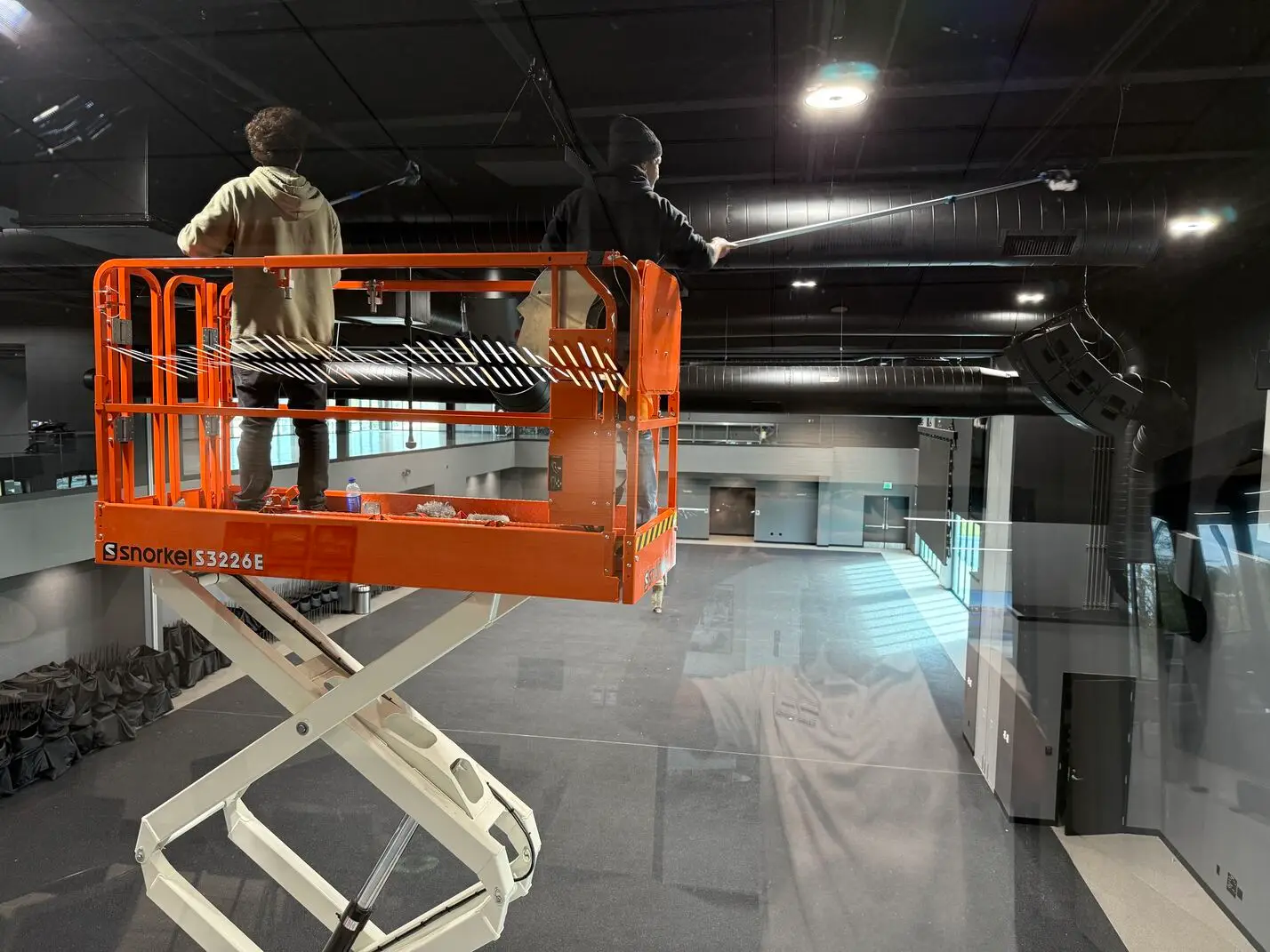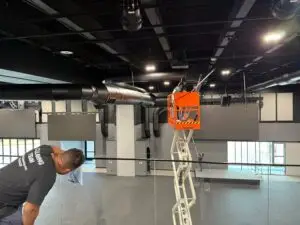In the commercial cleaning business, maintaining the best indoor air quality (IAQ) is essential for producing a healthy and comfortable environment. This article explores new ways to improve IAQ with high dusting, construction cleaning and advanced purification technologies. We’ll examine the latest up-to-date techniques, equipment and best practices to ensure that your facility is at the right standards for the air quality protecting both occupant’s and staff’s.
The Unseen Impact of Construction Debris
A big construction or renovation project can actually leave a huge amount of dust, debris, airborne contaminants, providing years-long indoor air quality problems if not properly fixed. Once the work is complete, these particles can remain in the air, in ducts and on surfaces, causing respiratory problems, nuisance, allergies and other health problems for the occupants.
It is important to understand the importance of thorough cleaning after construction. Without it, unnecessary pollution can build up, depriving people of a healthy environment with good air quality. Business owners and facility managers need to look for professional cleaning companies that specialise in construction debris cleaning and restoring air quality.
High Dusting: A Game-Changer for Indoor Air Quality
High Dusting is an advanced cleaning method that typically involves hard-to-reach areas that are overlooked during daily cleaning, such as upper ceilings, ceiling fans and corners. These areas can collect a lot of dust, pollutants and various other airborne toxic substances, resulting in poor air quality.
Construction or refurbishment projects are even more likely to involve high levels of dust. Construction efforts can normally collect and diffuse these particulates into structures, thus creating the opportunity for them to accumulate in these hard to reach areas. By carrying out complete high dusting regimes, professional cleaning forces can actually eliminate these airborne pollutants, leaving the indoor air in top condition.
If we talk about the advanced high dusting techniques we are talking about specialized equipment like extension poles, scissor lift, backpack vacuum with HEPA filters, and microfiber dusters. These tools allow cleaners to reach and completely clean even the toughest areas, giving them a whole approach to eliminating pollutants.
HEPA Filtration: The Key to Capturing Microscopic Particles
High Efficiency Particulate Air (HEPA) filters are a major player in combat against airborne pollutants. These advanced filters are made to catch particles as small as 0.3 micron making them a very efficient at eliminating dust, pollen, mold spores and other pollutants in the air.
In post-construction cleaning, the process of HEPA filtration plays an important role in the removal of large amounts of particulate matter generated by construction activities. HEPA-capable vacuums and air purifiers used by professional cleaning teams provide a detailed and effective clean.
Besides post-construction cleaning, HEPA filtration systems can be integrated into a facility’s regular maintenance program. Portable air purifiers using HEPA filter can be placed in heavy-foot traffic areas or in areas where there is high levels of particulate, providing instant spot purification. Whole-building filtration systems, in contrast to the technology listed only earlier, provide a comprehensive solution — filtering the air inside the entire structure of your facility.
Construction Containment: Preventing the Spread of Contaminants
For proper execution of construction or improvement projects, is essential to prevent the spread of dust and debris throughout the building. By encapsulating the work zone facility, managers can reduce the impact on occupied spaces and minimise the amount of post-construction cleaning.
Containment measures can include the use of physical barriers such as plastic sheeting or temporary partitions, as well as negative air pressure systems. Negative pressure cleaning methods create an impermeable air atmosphere with a lower air pressure than the surrounding ambient air pressure to prevent contaminants from migrating and to capture and remove more of the dust and debris.
Air Quality Monitoring Systems: Empowering Data-Driven Decisions
As the saying goes, “you can’t manage what you can’t measure”. Air quality monitoring systems provide critical insight into the amount of various pollutants entering your facility, with the ability to make data-driven decisions to improve indoor air quality.
These superior systems employ indoor air quality (IAQ) sensors to track a variety of parameters, including particulate matter (PM2.5 and PM10), volatile organic compounds (VOCs), carbon dioxide (CO2) and relative humidity. Facility managers can identify potential air quality problems and take preventative action by keeping an eye on these factors.
Additionally, some of the air quality monitoring systems can also be coupled with smart ventilation, wherein automatic adjustments of the ventilation rates are carried out in accordance to real time IAQ data. This smart method guarantees maximum air change and gas dilution of pollutants resulting in a healthier indoor air.
Professional Post-Construction Cleaning: The Key to Restoring Air Quality
Although construction containment methods can limit the dispersal of pollutants, professional post-construction cleanup is necessary to get indoor air quality to acceptable levels. Certified cleaners are trained to be able to remove construction debris, dust, and other wreckage from all areas of the facility with the skills, knowledge, and the equipment you need.
Trained cleaning teams adherence to the best practices and industry cleaning protocols; like those developed from the Institute of Inspection, Cleaning and Restoration Certification (IICRC) or International Sanitary Supply Association (ISSA) . Are guaranteeing that the right cleaning procedures are carried out safely and to the highest criteria.
Besides high dusting and HEPA filtration, professional post construction cleaning may involve specialized services as negative air pressure cleaning, duct cleaning and antimicrobial treatments. These techniques guarantee that every part of the facility is completely cleaned and disinfected, removing potential indoor air pollutants.
Particulate Matter Reduction Strategies: A Breath of Fresh Air
Particulate Matter or PM is one of the key contributors to personal pollution of indoor air quality. Such tiny particles could come from multiple locations including construction operations, outdoor pollution and even for the actions done in a day such as cooking or cleaning.
To really advance in the effort to lower particulate matter, a comprehensive approach is needed. By upgrading to modern HVAC systems or portable air purifiers, ventilation rates can be elevated in order to dissolve and eliminate airborne particles. Furthermore, integrating HEPA filtration into the facility’s air handling units or employing standalone HEPA air purifiers can also capture and eliminate these minute particles from within indoor space.
Additionally, regular cleaning and maintenance practices including vacuuming with HEPA-filtered vacuum cleaners and damp-dusting surfaces will also help in reduction of accumulation of particulate. Incorporating these strategies, facility managers can make a huge difference in the quality of air quality and create a healthier environment for the occupants and personnel.
Negative Air Pressure Cleaning: Containing the Chaos
Negative air pressure cleaning methods are particularly useful when some construction or renovation is taking place. This technique involves an enclosed unit of low pressure in comparison to the surrounding, preventing contaminations in escaping and enabling to catch and defeat dust and dirt better.
To create negative air pressure, specialized equipment such as negative air machines or air scrubbers are used. These machines purify the air inside the enclosed space by cleaning out the particles and pollutants just before exhausting the purified air out of the building.
With negative air pressure maintained during construction activities or post-construction cleaning, the dispersal of extinguishing gasses is limited, lowering the hazard of cross-contamination and also allowing for much more effective as well as reliable cleaning process.
Ongoing Maintenance: Sustaining Optimal Air Quality
Although post-construction cleaning is essential for regaining the indoor air quality, maintaining it is equally vital to preserve the results. Regular cleaning and maintenance practices, like high dusting, vacuuming of HEPA filters and good ventilation rates can help preventing pollutants accumulation and maintaining a healthy indoor space.
Moreover, regular air quality testing and monitoring can also assist to detect any possible problems before they develop into serious problems. With the surveillance of critical air quality parameters, facility managers can proactively take care of troubles and execute specific methods to maintain ideal interior air quality.
Conclusion: Breathing Easy in a Healthy Environment
With the rapid change of the commercial cleaning industry, ensuring clean indoor air is more than just a standard but a requirement for creating indoor environment with a healthy and productive climate. By using the most up to date techniques, including high dusting, construction cleaning and innovative purification systems, facility managers and business proprietors can ensure its interior remains clean, healthy and pleasant for occupants and staff.
Improvement of indoor air quality can be accomplished by means of correct containment procedures during construction, thorough post-construction cleaning by certified technicians and maintenance practices during the life-of-project. Also, the combination of air quality monitoring systems and intelligent ventilation solutions gives data-driven decision-making and pro-active action against all air quality issues.
Businesses can meet and even exceed industry standards for clean indoor air by investing in modern solutions. This creates healthier spaces where everyone can work better. Choose advanced technology to improve your indoor air quality for clean and fresh air easy to breathe.









